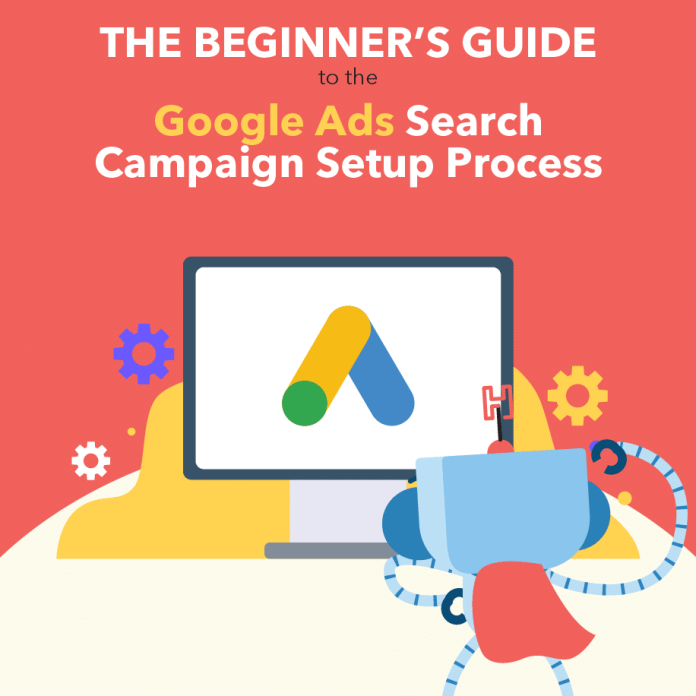As you set up Google Ads, the initial steps might seem straightforward – signing in, selecting your preferences, and creating a campaign. However, the real magic happens when you dive deeper into defining your target audience, crafting compelling ad copy, and optimizing for better performance. Each step plays a crucial role in the success of your advertising efforts, but there’s a critical element that ties it all together seamlessly. Can you guess what that is? Let’s explore the intricacies of Google Ads set up to uncover the missing piece that elevates your campaign to new heights.
To set up your Google Ads account, begin by signing in to your Google account. Once logged in, navigate to the Google Ads homepage and click the ‘Start Now’ button. You’ll then be prompted to choose between creating an account with an existing email address or creating a new Google account specifically for Google Ads.
After selecting your preferred option, fill in the necessary information, such as your time zone, currency, and country. Next, you’ll need to enter your billing information. Finally, review Google’s terms and conditions and click the ‘Submit’ button.
Congratulations! You have successfully set up your Google Ads account and are ready to create your first campaign.
Once your Google Ads account is set up, you can begin creating your first campaign by defining your settings. Start by selecting the goal of your campaign, such as driving website traffic, increasing brand awareness, or generating leads.
Next, choose the campaign type that aligns with your goal, whether it’s a Search Campaign, Display Campaign, Video Campaign, App Campaign, or Shopping Campaign. Set your campaign budget and bidding strategy to control how much you spend and how you pay for interactions.
Define your target audience based on demographics, interests, and behaviours to reach the right people. Lastly, create compelling ad creatives that will engage your audience and drive them to take action.
Select relevant keywords that align with your campaign’s goals and target audience to optimize your PPC Ads performance. Start by brainstorming terms your potential customers might use when searching for your product or service. Utilize Google’s Keyword Planner tool to discover new keywords and assess their search volumes.
Choose a mix of broad, phrase, and exact-match keywords to reach a more comprehensive or specific audience. Consider long-tail keywords for niche targeting and lower competition. Remember to include negative keywords to filter out irrelevant traffic.
Continuously monitor and refine your keyword selection based on performance data to improve ad relevance and drive more qualified traffic to your website.
Craft compelling ad copy that resonates with your target audience and entices them to click through to your website.
Start by clearly stating the benefits of your product or service.
Use action-oriented language to prompt users to take a specific action, such as ‘Shop Now’ or ‘Learn More.’
Highlight unique selling points that set your business apart from competitors.
Incorporate relevant keywords to improve ad relevance and quality score.
Keep your message concise and focused to capture attention quickly.
Test different ad copy variations to see what resonates best with your audience.
Remember to include a strong call-to-action that prompts users to engage with your ad and visit your website.
To effectively monitor and enhance the performance of your Google Ads campaigns, tracking and optimization play a crucial role in maximizing your advertising efforts. Start by setting up conversion tracking to measure users’ actions after clicking your ad. This data helps you understand which keywords and ads drive your website’s valuable actions.
Use Google Analytics to delve deeper into user behaviour and optimize your campaigns accordingly. Continuously test different ad variations, keywords, and targeting options to identify what works best for your goals. Adjust your bids based on performance data to allocate a budget where it generates the best results.
Regularly analyze your campaign metrics and make data-driven decisions to optimize for better ROI.
How Can I Increase My Quality Score in Google Ads?
Increase your quality score in Google Ads and improve ad relevance, landing page experience, and click-through rate.
Optimize keywords, ad copy, and landing pages.
Regularly monitor and refine your campaigns for better performance.
What Is the Best Bidding Strategy for My Campaign?
For your campaign, the best bidding strategy depends on your goals.
If you want flexibility, consider Maximize Clicks.
For more control over specific actions, try Target CPA or Target ROAS.
Experiment to find what works best for you.
How Do I Set up Conversion Tracking for My Website?
To set up conversion tracking for your website, follow these steps:
1. Go to your Google Ads account.
2. Click on Tools & Settings.
3. Select Conversions.
4. Click on the plus sign to create a new conversion action.
5. Follow the prompts to finish setting it up.
This process will help you accurately track and measure your advertising campaigns’ success.
Can I Target Specific Demographics With Google Ads?
Yes, you can target specific demographics with Google Ads.
Using Google Ads targeting options, you can focus on particular groups based on factors like: – Age – Gender – Location – Interests – And more.
This allows you to reach your desired audience effectively.
What Are Some Common Mistakes to Avoid in Google Ads Campaigns?
When setting up Google Ads, avoid these mistakes:
• Neglecting negative keywords
• Not tracking conversions
• Ignoring ad extensions
• Not optimizing for mobile
Stay vigilant, test different strategies, and monitor performance regularly for successful campaigns.
Now that you’ve set up your Google Ads account created your campaign, selected keywords, crafted compelling ad copy, and set up tracking for optimization, you’re well on your way to reaching your advertising goals.
Remember to continually monitor and adjust your campaign based on performance data to ensure success.
With dedication and strategic planning, your Google Ads campaign can potentially drive valuable traffic and conversions for your business.
Good luck!



